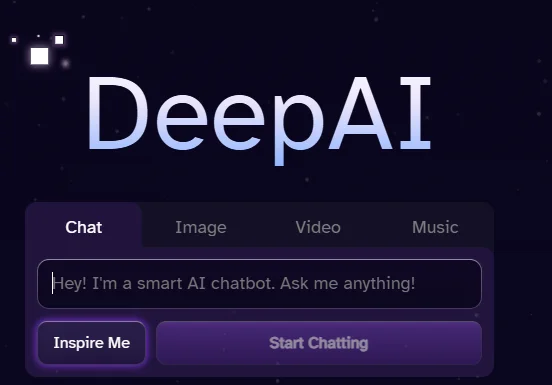

The world of artificial intelligence (AI) has made rapid strides in recent times. It has dramatically impacted how we live and how we work. At its heart lies deep learning, a subset of machine learning that is redefining what is possible. Deep learning will be the area explored in this article, along with its applications, possibilities, and the future of AI.
What is deep learning?
Deep learning is the type of machine learning that utilizes artificial neural networks to analyze and interpret data. The networks are inspired by the human brain, as they are composed of various layers that process and transform inputs in a hierarchical way. It allows deep learning models to learn complex patterns and relationships in data and makes them incredibly powerful tools for image and speech recognition, natural language processing, and predictive analytics.
Applications of Deep Learning
Deep learning has wide, varied applications in changing fields such as healthcare, finance, and transportation. Health care uses deep learning algorithms to diagnose diseases from images and analyze medical images to develop appropriate treatment plans. Finance employs deep learning for fraud detection, prediction of stock prices, and optimization of investment portfolios. Transportation applies it to design autonomous vehicles and optimize traffic flow for enhancing safety.
The Future of AI
Future developments are expected to include even more innovative applications of deep learning, creating virtual assistants, smart homes, and more; the future of AI has promising potential to engage every aspect of life, though it’s also crucial to overcome challenges, including bias, transparency, and accountability.
Alternative to DeepAI:
Alternative: Hugging Face Transformers (via their API or UI, Hugging Face Spaces)
Comparison Table:
| Feature | DeepAI | Hugging Face Transformers (API/Hugging Face Spaces) |
|---|---|---|
| Primary Focus | General AI Services (Text, Image, etc.) | Primarily NLP, with growing support for other modalities |
| Model Variety | Offers a range of pre-trained models for various tasks | Boasts a vast, community-driven model repository (1000s of models) |
| Customization | Allows for some model fine-tuning | Highly customizable, with extensive fine-tuning capabilities |
| Pricing | Free tier available, with paid upgrades for more requests/computing power | Free tier, with paid plans for increased usage and support |
| Ease of Use | User-friendly interface for non-technical users | More geared towards developers, but Hugging Face Spaces simplifies model deployment for non-tech users |
| Community Support | Active, but smaller compared to Hugging Face | Enormous community support with extensive documentation and forums |
| Deployment | Cloud-based, accessible via API and web interface | Cloud (via API and Hugging Face Spaces), with options for self-hosting |
FAQs:
Q: What is the difference between machine learning and deep learning?
A: Machine learning involves the use of algorithms to analyze data, while deep learning involves the use of artificial neural networks to analyze and interpret data.
Q: What are some common applications of deep learning?
A: Deep learning has applications in image and speech recognition, natural language processing, predictive analytics, and more.
Q: What are the challenges associated with AI?
A: Challenges associated with AI include bias, transparency, and accountability.


